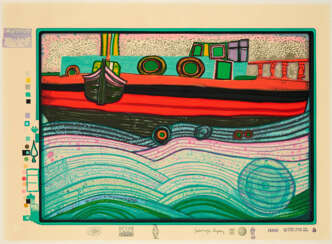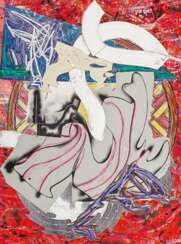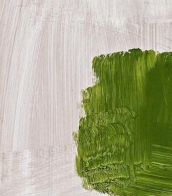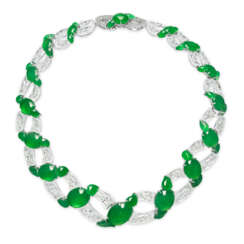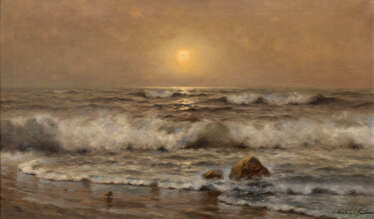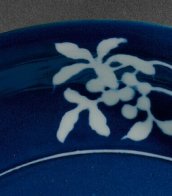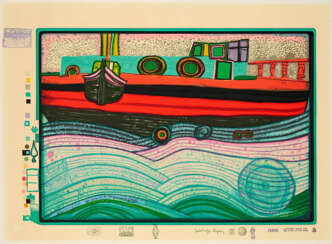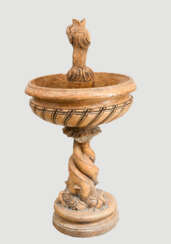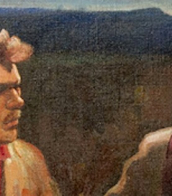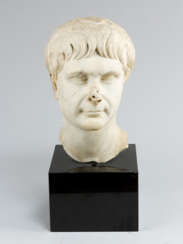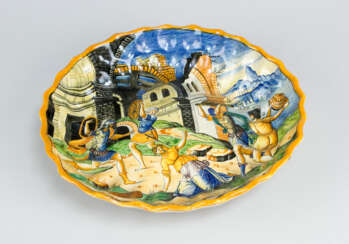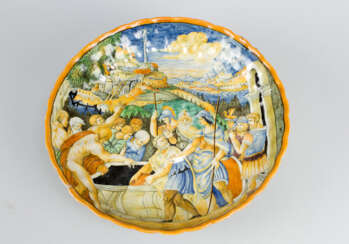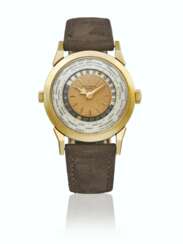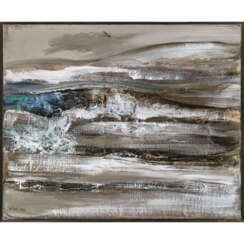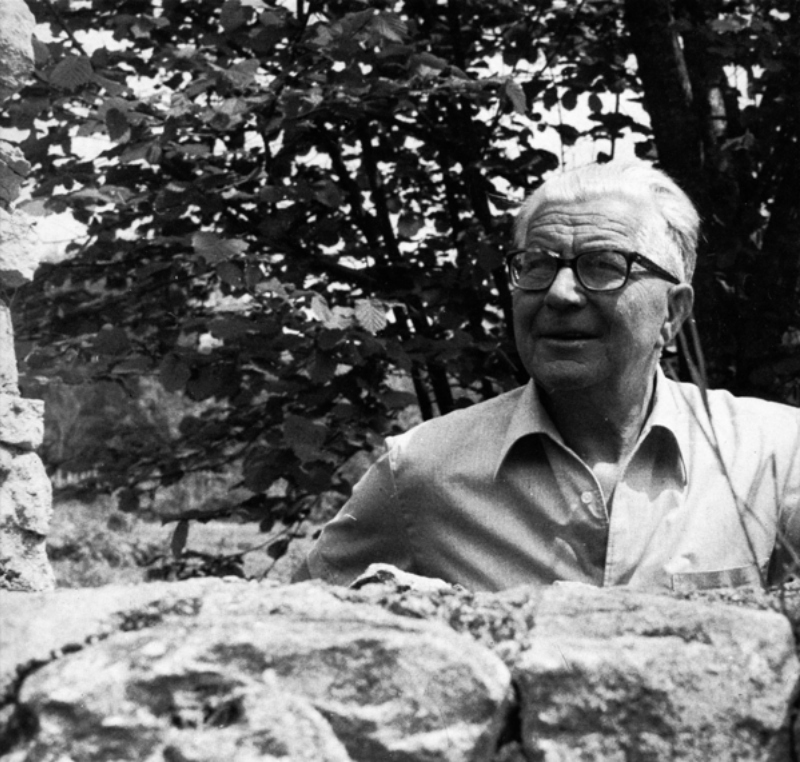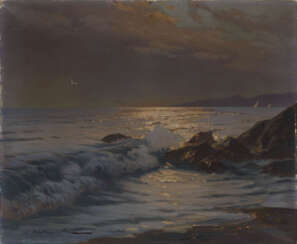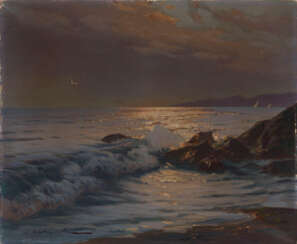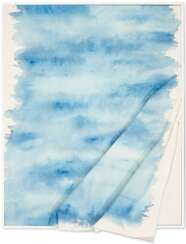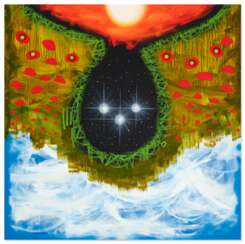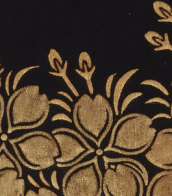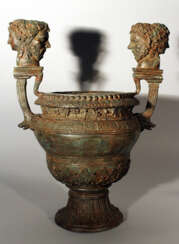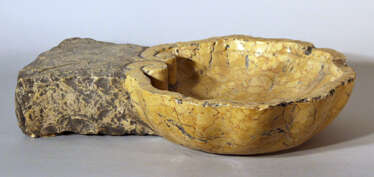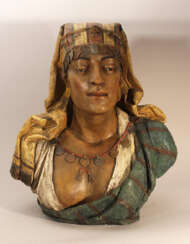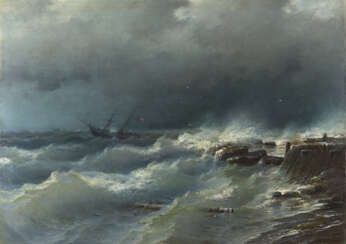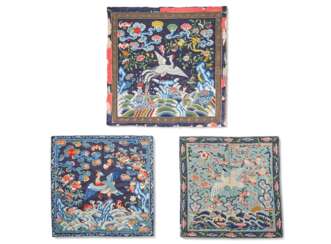waves
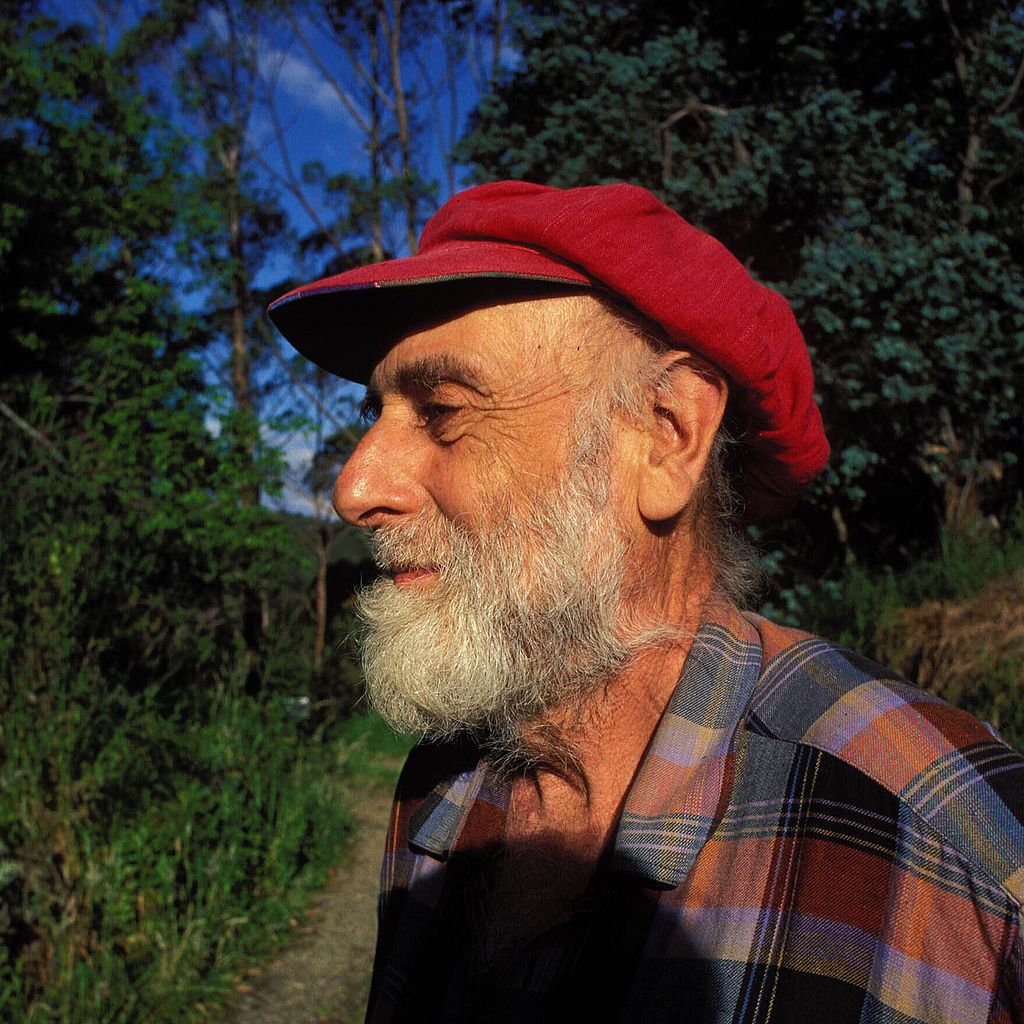
Friedensreich Regentag Dunkelbunt Hundertwasser was an Austrian visual artist and architect who also worked in the field of environmental protection.
Hundertwasser stood out as an opponent of "a straight line" and any standardization, expressing this concept in the field of building design. His best known work is the Hundertwasserhaus in Vienna, which has become a notable place of interest in the Austrian capital, characterised by imaginative vitality and uniqueness.


Friedensreich Regentag Dunkelbunt Hundertwasser was an Austrian visual artist and architect who also worked in the field of environmental protection.
Hundertwasser stood out as an opponent of "a straight line" and any standardization, expressing this concept in the field of building design. His best known work is the Hundertwasserhaus in Vienna, which has become a notable place of interest in the Austrian capital, characterised by imaginative vitality and uniqueness.
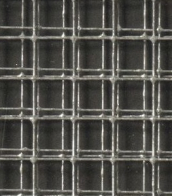
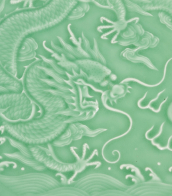


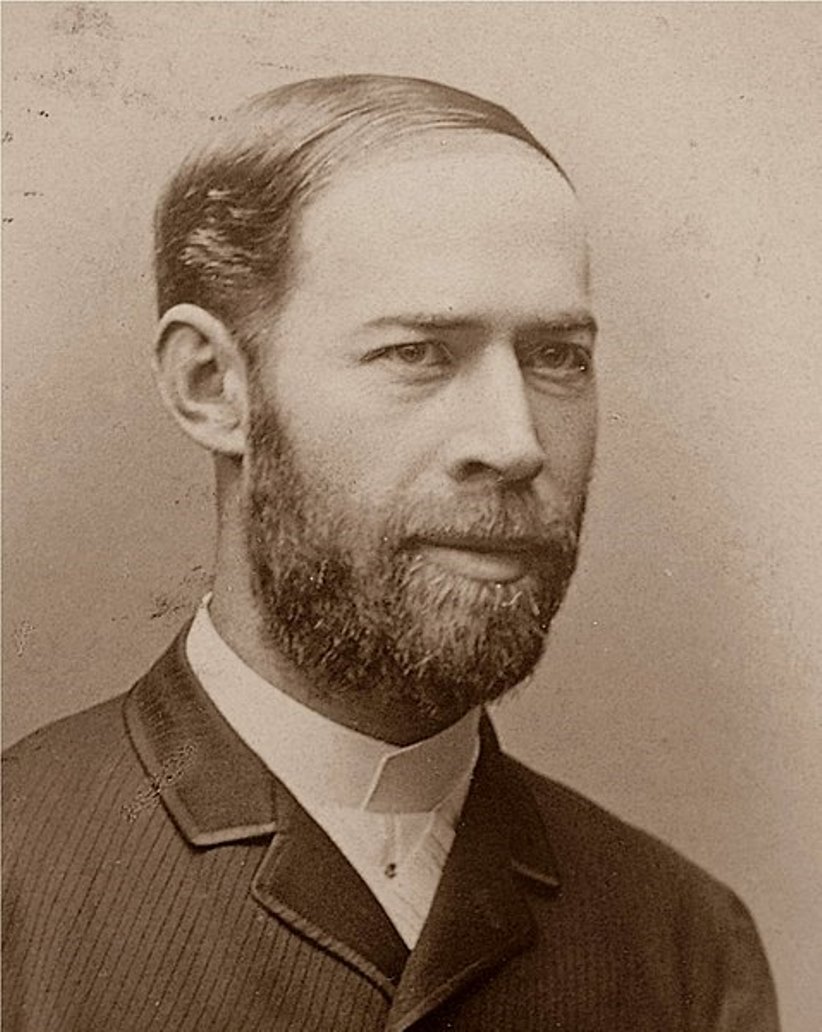
Heinrich Rudolf Hertz was a German physicist and inventor of radio waves.
Hertz graduated from the University of Berlin, studying under Hermann von Helmholtz and Gustav Kirchhoff, then was a professor of physics at the University of Karlsruhe, and from 1889 became a professor of physics at the University of Bonn.
A tireless experimenter, Hertz conducted various experiments with electric waves. Hertz reported his first discovery at the end of 1887 in a treatise "On the electromagnetic effects caused by electrical perturbations in insulators," which he sent to the Berlin Academy. For a time the waves he discovered were called Hertzian waves, but today they are known as radio waves. Hertz's discovery was a confirmation of James Clerk Maxwell's electromagnetic theory and paved the way for numerous advances in communication technology.
Hertz is also known for the discovery of the photoelectric effect, which occurred during his research on electromagnetic waves. Hertz was only 37 years old at the time of his death and many of his experiments and work remained unfinished, but his discovery of radio waves had a huge impact on the world in the 20th century, paving the way for the development of radio, television and radar.


Léon Spilliaert was a Belgian artist. He is known for his unique style of symbolism, with many of his works featuring dream-like landscapes, eerie still lifes, and enigmatic figures.
Spilliaert grew up in a wealthy family, and he initially studied architecture before turning to art. He was largely self-taught, and his work was heavily influenced by the Belgian symbolist movement, as well as the works of artists such as James Ensor and Edvard Munch.
Spilliaert was particularly interested in exploring the mysteries of the human psyche, and many of his works reflect a sense of unease or uncertainty. He often used strong contrasts of light and shadow to create a sense of drama and tension in his works, and his use of color was often muted and subdued.
Despite his success as an artist, Spilliaert was a deeply private individual, and he rarely exhibited his work during his lifetime. He continued to work throughout his life, however, producing a large body of haunting and enigmatic works that continue to captivate audiences today.




